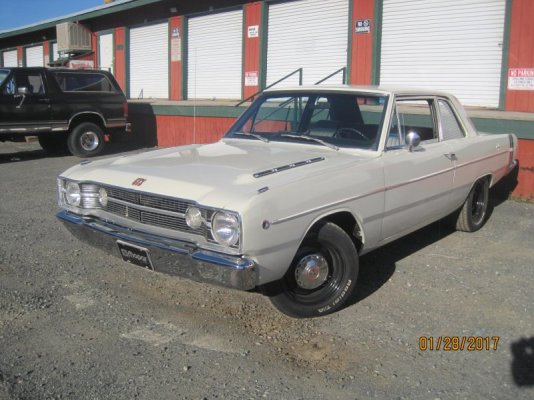I hadn't done a full engine teardown since the 1980's. This engine was a B@#ch. My forearms were sore all the next day from wailing on the T-bar. We were not going to call it a day until all 8 pistons were out and we were finally done around 8:00.This was the first time I tore down an engine that I couldn’t spin over. It was cramped getting the rod nuts and caps off but we figured that the crank wouldn’t be needed so we weren’t all that careful pushing the pistons out. Every wrist pin was either seized with rust or really stiff.
Cylinders 3 and 7 were the absolute worst.I tried breaking #3 piston into pieces using an air hammer but the piston was tougher than I was. Rich and I traded whacking the back sides of the pistons with this:
I cleaned out the rust scale as best I could with a flapper disc on a die grinder but there was still crud in the way. We hit so hard, I punched a hole from the back side. in #3 piston.
I figured that I needed a bar with some mass and heft and ended up grabbing one of the torsion bars I brought home, an .88 unit. We used it along with a small sledge hammer. This took almost an hour just to get one piston out. We got it though.
The Dart currently has a stock stroke 360 Magnum, the 360/380 Mopar crate motor. I've been planning on rebuilding the engine as a stroker until this opportunity came along. The Dart already has a GTS hood and some GTS badging. Besides, stroking a 360 gets 408"; stroking a 383 gets 496". It took about 10 seconds for me to decide on the BB. With aluminum heads, water pump, and intake the weight can be dropped down close to an iron-headed 360.I have a question for the numbers guys…
I know the VINs didn’t get stamped on our engines until the 1968 models. I’ve also read that engines should have a casting date at least 2 months before the build date of the car. With a 5-19-67 casting, could this be a late 1967 block or an early 1968?

It's a shame about the two water logged cylinders because the other six are in great shape. We'll see what the machinist finds.


















